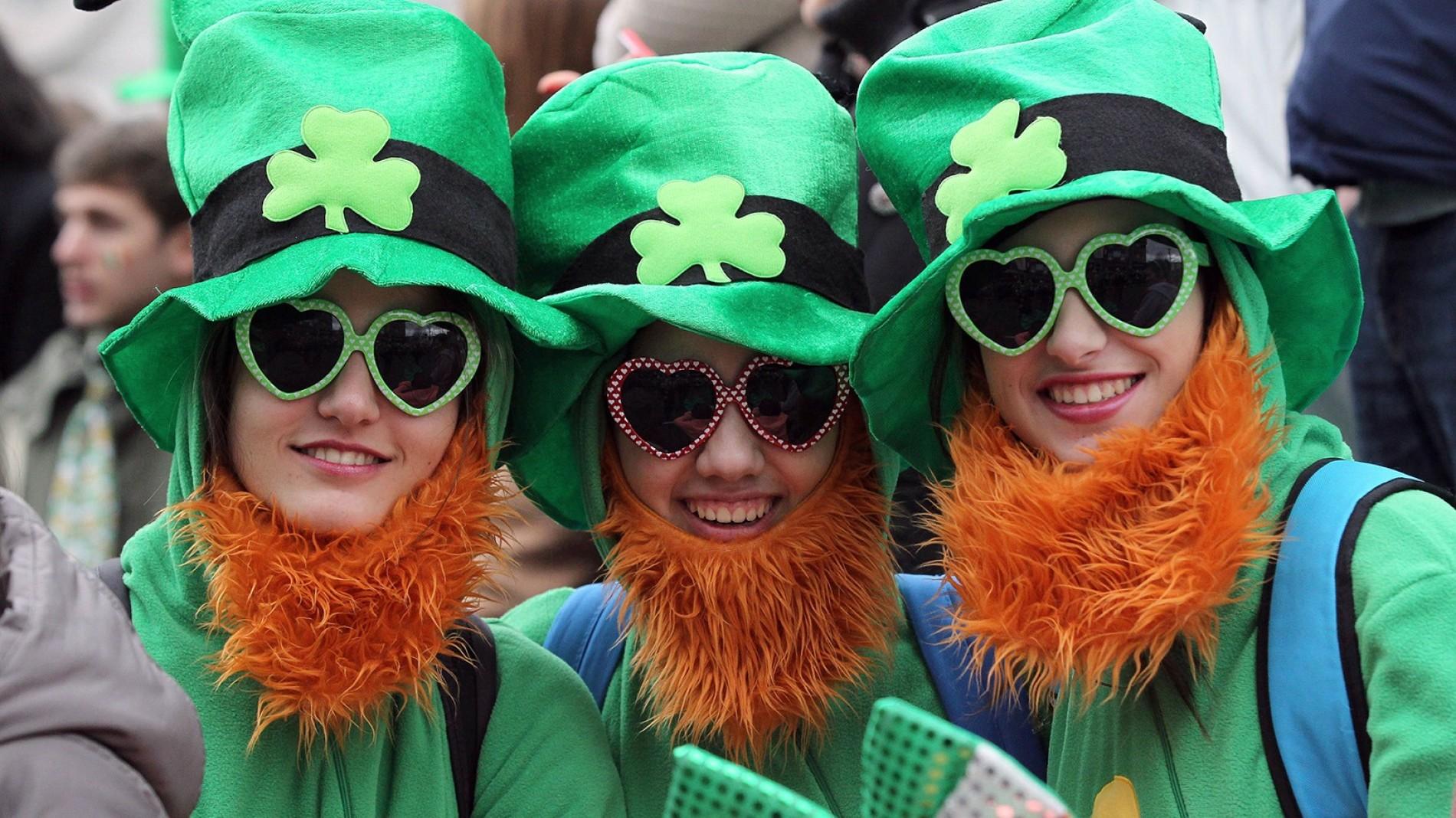Have you ever wondered why we celebrate Saint Patrick’s Day? Well, you’re about to learn more than you ever wanted to know.
Obviously, Saint Patrick’s Day originated in Ireland, and it also goes by the title, “The Feast of Saint Patrick.” The original Saint Patrick was the most famous patron saint to bring Christianity to Ireland in the 4th and 5th centuries. As a teenager, he was the son of a deacon in the Roman-occupied Britain. At sixteen, he was kidnapped by Irish raiders, and taken to the coast of Ireland. At God’s hand, he escaped and returned to Great Britain to attend school in Gaul and became a priest. He continued climbing in the Roman Catholic church, eventually reaching the title of Bishop. He then returned to Ireland, spreading Christianity to the polytheistic Irish people, introducing the Holy Trinity via the shamrock, or three-leaf clover (which is why the clover is such a large part of the holiday). Saint Patrick died on March 17th, which is why we celebrate on that specific day.
When the holiday was formed in the early 1600’s, the color blue was used because it was Saint Patrick’s color. As shamrocks and green ribbons become more prominent in the celebrations, the representative color became green. Later, the Catholic church became represented by green, to contrast the orange color of the Protestant church. On March 17th during the 1798 rebellion, soldiers wore green uniforms to catch public attention, and their repression inspired the song, “The Wearing of the Green.” The orange, green, and white used on the Irish flag represents peace between the Catholics and Protestants, which is why orange is also used widely to celebrate the holiday.
The Leprechauns and pot of gold are associated with the day as a remnant of Irish folklore, as well as the tradition of the lucky four-leaf clover. Why do we pinch you if you don’t wear green? Because people wearing green are invisible to little Leprechauns who pinched everyone they could see. This tradition was started in America, and is not observed in Ireland– it is believed that a Leprechaun’s or fairy’s pinch was a punishment made by Irish settlers in the 1700’s to get young children to behave.
Today, the celebration is used to display Irish culture, and is separated into the religious affiliation, or the secular celebration (which began in the 1900’s as an attempt to inspire national Irish pride). Interestingly, the religious celebration can be moved to another day, if March 17th falls on a Sunday. The secular version of the day is celebrated world-wide, and festivals and feasts are held in several countries. Ireland and England, along with most of Europe celebrate the day. Argentina, with it’s large amounts of Catholic residents, follow the moves of the British church and celebrate the day, although usually they celebrate in a more secular fashion. The United States and Canada celebrate because of the influence from Irish colonies and settlers. Apparently there’s a concentration of Irish people in Japan, as the day is celebrated in nine places across the country, as well as in South Korea. Montserrat, in the Caribbean, also celebrate Saint Patrick’s day, as well as a failed slave uprising on the same day in the 1700’s. New Zealand and Australia also commemorate the day, as many emigrants and convicts came to these areas in the 19th century and still remain.
This is simply a paraphrased and condensed version of this Wikipedia article, and this WikiAnswers page, so special thanks to Wikipedia and its contributors! You’re welcome for not making you read the entire article.
How do you celebrate St. Patrick’s day? What kinds of traditions does your family have, if any?
How much of this information did you already know, or is there anything interesting you could add about this holiday?

